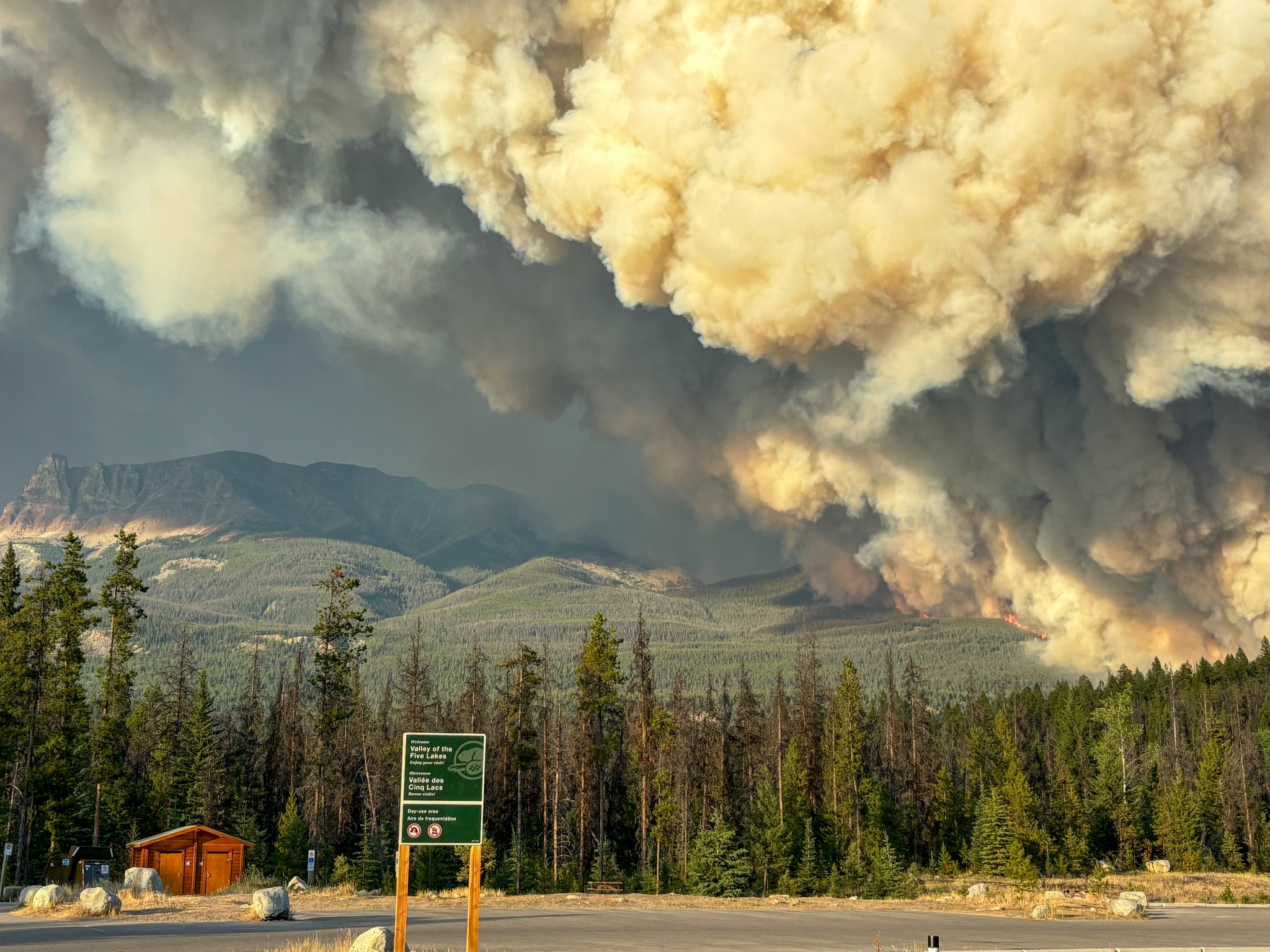Wildfires rage despite our collective fatigue

At the Center for Disaster Philanthropy (CDP), we talk a lot about the fact that there are no true disaster “seasons” anymore. Though we usually hear about a “monsoon season” or a “tornado season,” we’re now seeing flooding and tornadoes outside of the typical seasons and in geographic locations that aren’t where you would expect to see this sort of weather phenomenon.
The same can be said for the “fire season” in North America. Though fire season typically runs from spring until fall, we’ve experienced multiple fires outside that typical timeframe and in places where fires are not expected. And communities familiar with the effects of wildfires continue to have more frequent, intense and devastating fires. Also, as we’ve seen recently in Ruidoso, New Mexico, and in parts of California, there’s an increase in flooding risk following a wildfire as burn scars have little ability to absorb rains and handle runoff.
Fire fatigue
We’ve been tracking multiple wildfires this year, from more than a million acres burned in the panhandles of Texas and Oklahoma to the destruction of nearly half the tourist town of Jasper in Canada to record-setting wildfires still burning in Oregon to the still-not-fully-contained Park Fire, which started near Chico in California—a fire that is impacting multiple counties that have experienced devastating fires before. There are so many fires burning and uncontained in Canada and the western U.S. that it’s impossible for us to track them all.
It seems overwhelming for those of us tasked with sharing information about disasters and crises with our philanthropic partners. And if you’re experiencing disaster fatigue, I get it. But if we’re overwhelmed and exhausted, imagine how families who’ve now lost their homes AGAIN after rebuilding from the Camp Fire feel. Imagine how communities still struggling to recover from previous fires feel watching these new fires inch ever closer to them once more. Imagine how local organizations working to support their fire-affected communities feel when there aren’t enough resources to help.
What can we do?
- Pay attention and understand the devastating impacts of wildfires on communities in North America and across the globe. Start by reading our “What We’re Watching” blog posts and our regularly updated North American Wildfires disaster profile.
- You can also help by donating to one of these CDP collaborative funds to provide community-centered grant funds in support of long-term community recovery:
I know we may be exhausted by the many disasters and crises we’re seeing. We feel it and hear about it daily from our partners and colleagues. But those in the path of these disastrous wildfires need us now more than ever. It’s traumatizing for the people affected, and they deserve help for their equitable recovery. Especially now, we can’t afford to be fatigued. The people need us not to be tired but to act and support them.
